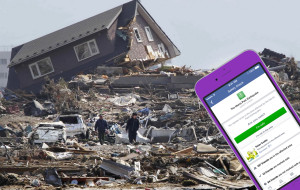| Term | Definition |
| Advanced persistent threat (APT): | A strategic cyber attack that infiltrates a system and persists over a prolonged period of time, potentially undetected. APTs may be carried out by a nation state or criminal organization to steal sensitive data or compromise a target system. |
| Botnet: | A large network of virus-infected computers that can be used to generate spam, spread viruses, perpetrate click fraud or conduct attacks on other systems. |
| Bug bounty program: | A program where software companies offer cash rewards to hackers to find and report exploitable vulnerabilities before they can be used by cyber criminals. Facebook, Google, Mozilla Firefox and Microsoft have been known to offer thousands of dollars in return for bugs. |
| Distributed denial of service (DDoS) attack: | An attack designed to disrupt a computer system or website service by bombarding the site with so much web traffic that it crashes. Botnets are often used to carry out DDoS assaults. |
| Ransomware: | Malicious software designed to block access to a system or account until a sum of money is paid. |
| Social engineering: | Non-computer methods of manipulation to obtain sensitive personal information, such as birth dates, or social security numbers. Personal knowledge often used to bypass passwords. |
| Special phishing: | An email masquerading as being from a trusted source or person you know sent with the goal of obtaining sensitive information, often by downloading data-sniffing and computer-controlling malicious software. |
| Zero-day exploit: | A previously undetected software vulnerability that is used to hack into affected system before developers or manufacturers can address or fix the problem. |
This post was posted by Daizy for DMG Weblabs, Toronto. DMG Weblabs is a Toronto based web design company specialized in creating SEO web sites and mobile ready websites.
Source: The Globe and Mail
